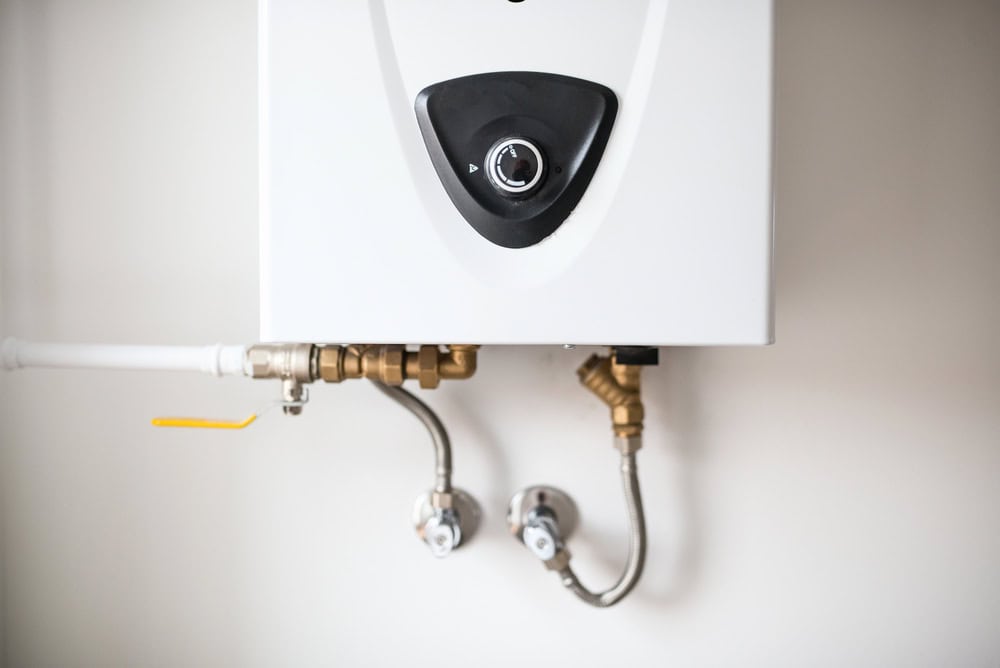Cold weather often means hot-water shortages at the most inconvenient moments, especially for homes using off-peak systems.
With a bit of planning, you can make your stored heat go further and avoid the clash between steamy showers and chilly dawns. Simple mechanical tweaks and smarter scheduling can prevent costly energy spikes or the panic of a heater failing when you need it most.
Know Your Off Peak Schedule
Find the hours that your utility marks as off peak and tuck them into your calendar so phone checks do not turn into guessing games. Many providers shift windows seasonally and a quick call or a visit to a web page can prevent missed cycles and wasted runs.
Align laundry and dishwasher runs with those quiet hours and the tank will recharge when rates are lower and grid stress is lighter. A household chart on the fridge helps everyone pull in the same direction without too much nagging.
Insulate Pipes And Storage
Wrap exposed hot water lines in foam sleeves and add insulation to the storage tank shell where possible to slow heat loss on cold nights. A few layers around the first few feet of piping near the heater cut conductive loss and keep hot water feeling hotter at the tap.
Tank insulation blankets are inexpensive and stop the heater from cycling for trivial losses that add up over long winter stretches. Think of insulation as a small investment that pays back in fewer cycles and steadier temperature.
Maintain The Water Heater
Give the heater some seasonal care with a quick flush and anode rod check that keeps interior surfaces clean and corrosion at bay. Sediment build up steals space and insulation value and forces more frequent heating cycles that empty off peak stores sooner.
If you have a timer or valve on the heater check its settings and test that the pilot or ignition works reliably through a cold snap. A few minutes of maintenance now can avoid a midnight cold shock and a rush for repair help.
Manage Hot Water Demand
Stagger showers and run hot machines on different cycles so the tank does not get drawn down by two big uses at once. If coordinating schedules gets tricky, check out this off peak hot water override guide to help stay in control. Low flow shower heads and faucet aerators cut the volume demanded without making people feel cheated by a trickle.
Swap the laundry schedule to off peak blocks and avoid running the dishwasher until the heater has had time to recover. Little changes in who uses what when will keep temperate taps around the house.
Use Timers And Smart Controls

A simple mechanical timer set to the off peak window turns the heater on and off reliably without manual fuss and slashes wasted mid day run time. Smart controllers that learn household patterns can add a layer of finesse and nudge the system to heat only when likely to be used.
If electric storage is metered separately, let the controller recharge tank weight at night and hold heat through the morning rush. These tools let technology do the heavy lifting while people go about their mornings.
Prevent Frozen Pipes
Cold drafts that make pipes icy will rob hot water faster and create costly leaks when frost thaws and joints crack under stress. Keep vulnerable sections warmed by letting a trickle of hot water run on the coldest nights and sealing gaps that let gale like gusts blast against plumbing.
Pipe sleeves and heat tape placed by a competent hand maintain flow where exposure cannot be fully removed. Protecting the network outside the tank keeps that stored heat useful inside the home.
Monitor Usage And Adjust
Keep an eye on how long the heater runs and what times usage peaks so you can nudge schedules and habits toward efficiency. A simple log for a week or two shows patterns that intuition often misses and points to which loads should move to off peak blocks.
If reading shows the tank drains faster than expected, it is time to revisit insulation, flush out sediment, or tighten up fixtures that leak hot water quietly. Small tests and tweaks pay off by stretching each charge and keeping showers reliably warm.
Prepare For Peaks And Backups
Have a plan for rare spikes such as guest visits or holiday cooking that push hot water demand above the usual baseline so the household can react without panic. Portable electric kettles and insulated carafes can supply instant hot water for washing when the tank takes a breather.
A backup source such as a point of use heater by a busy bath or an on demand unit for a second bathroom will keep service steady when load spikes occur. Planning ahead makes temporary shortages feel like a small bump rather than a crisis.

